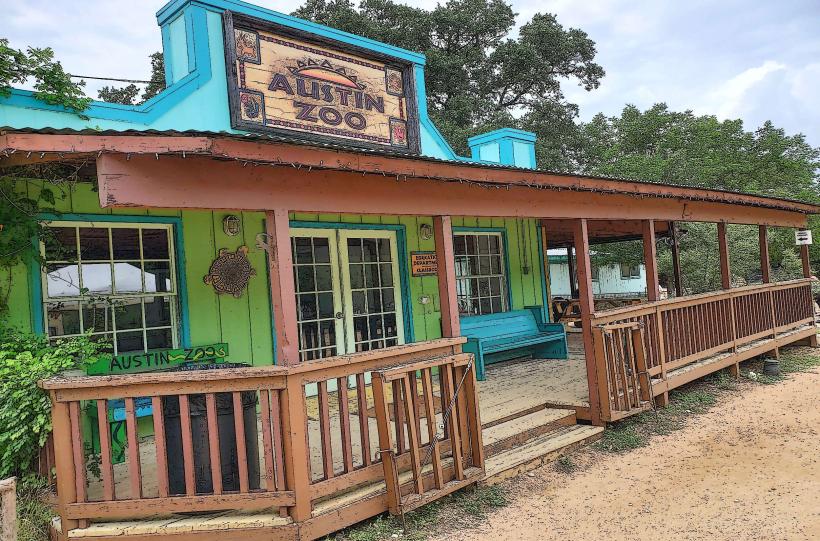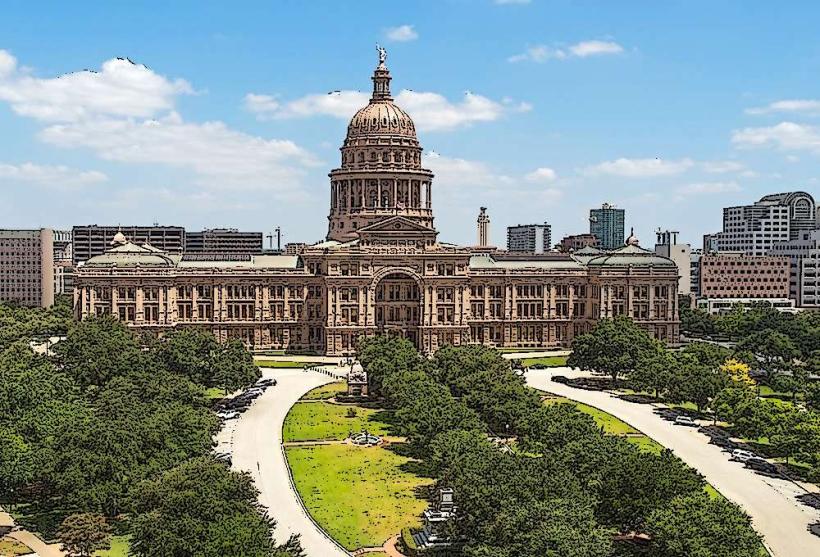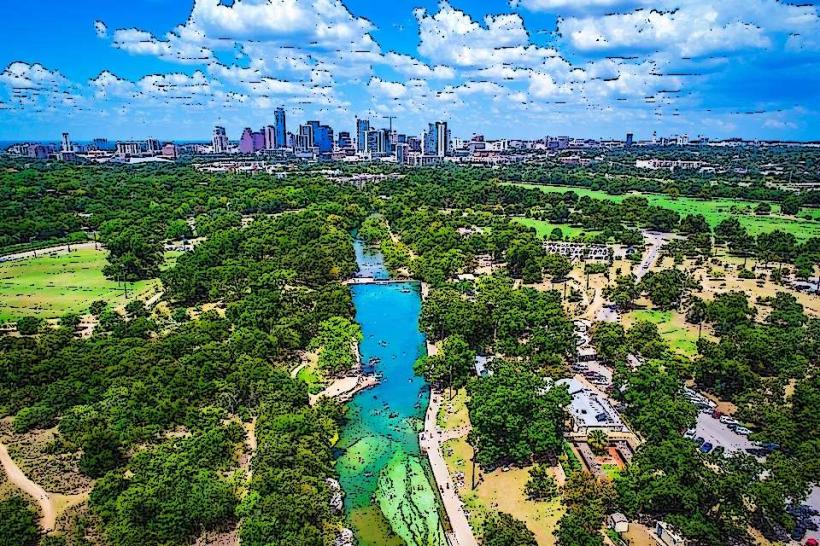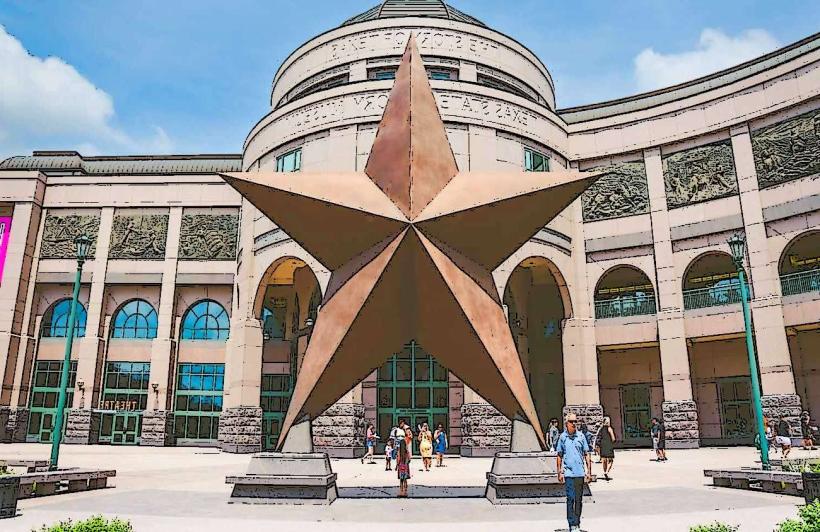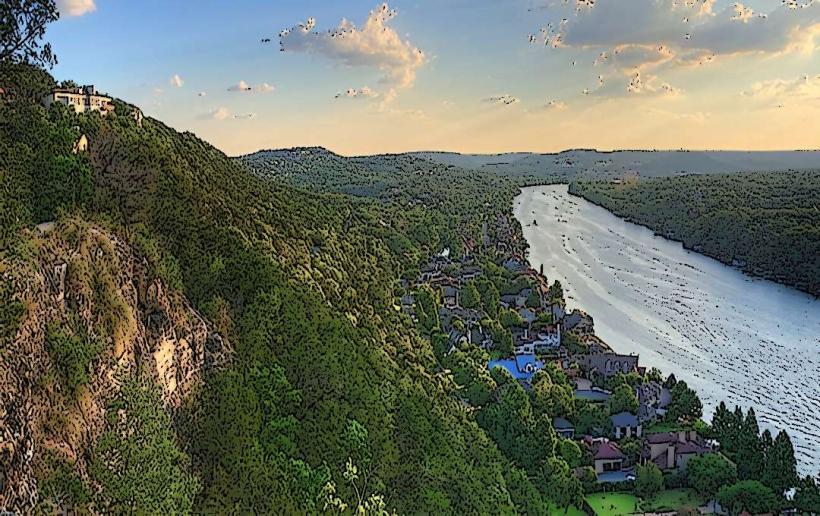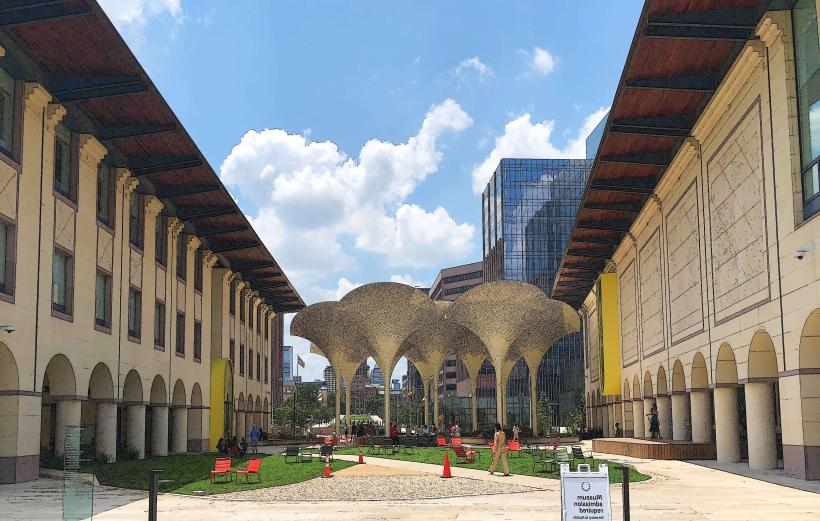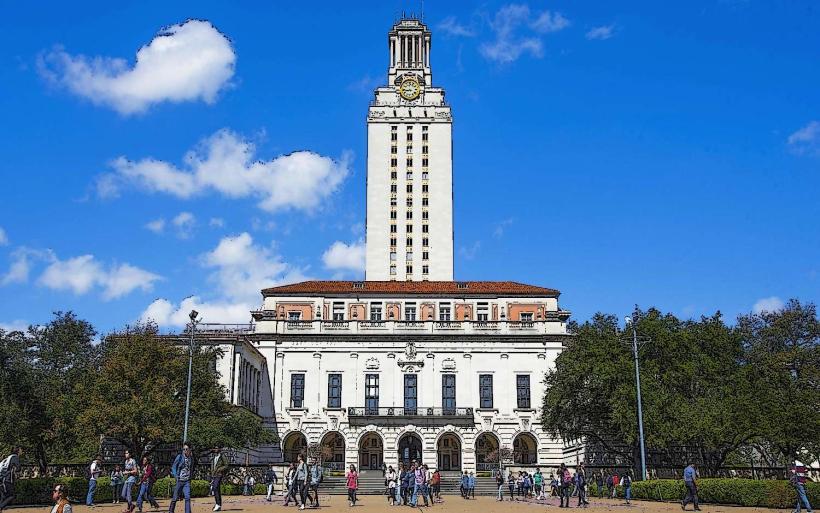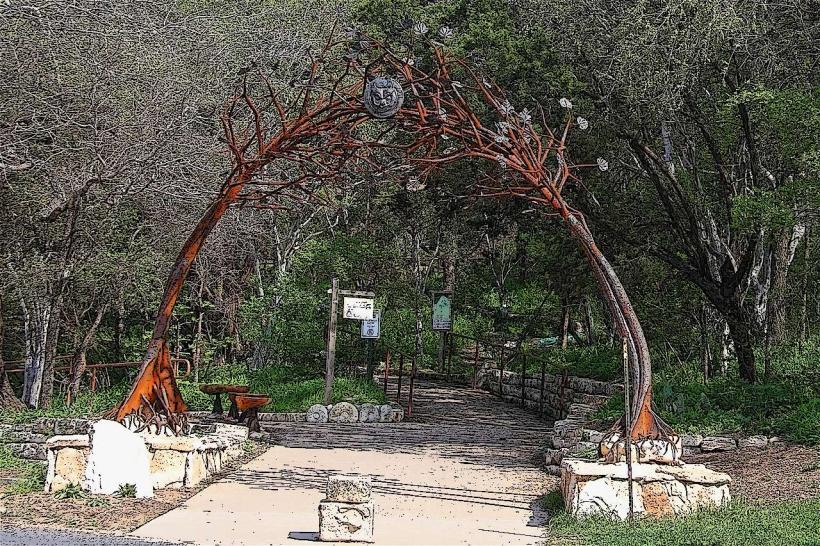Information
Landmark: Congress Avenue Bridge (Bat Bridge)City: Austin
Country: USA Texas
Continent: North America
Congress Avenue Bridge (Bat Bridge), Austin, USA Texas, North America
The Congress Avenue Bridge, officially known as the Ann W. Richards Congress Avenue Bridge, spans Lady Bird Lake in downtown Austin, Texas. While it's an important part of the city's transportation network, it’s world-famous for being home to the largest urban bat colony in North America.
Basic Information
Location: Connects South Congress Avenue to downtown Austin over Lady Bird Lake
Built: Original structure in 1910; current bridge constructed in 1980
Named After: Ann W. Richards, the 45th Governor of Texas and former Travis County Commissioner
The Bat Colony
Species: Mexican free-tailed bats (Tadarida brasiliensis)
Population: Roughly 1.5 million bats in peak summer months
Seasonal Presence: Bats arrive in March, give birth in June–July, and migrate south in late October or early November
Roosting Site: The bats live in the crevices beneath the bridge, which provide ideal temperature and shelter conditions
This bat colony emerged in the 1980s when renovations created narrow expansion joints underneath the bridge—perfect bat roosting spaces. Initially met with public fear, bat advocates, including Merlin Tuttle of Bat Conservation International (BCI), educated Austinites on their ecological value.
Evening Bat Flights
Time: Around sunset, typically between 7:30–9:00 PM depending on season
What Happens: Bats emerge in a massive, swirling black cloud to forage for insects—eating up to 30,000 pounds of insects nightly
Duration: The full emergence can last 45 minutes to over an hour
It’s a dramatic and unique urban wildlife experience that draws hundreds of spectators nightly during peak months.
Viewing Spots
On the Bridge: Standing along the east sidewalk gives a close-up view of bats flying overhead
Bat Observation Area (below the bridge): On the southeast side along the hike-and-bike trail—shaded and popular for families
Lady Bird Lake: Kayaks, paddleboards, and bat-watching cruises offer a spectacular view from the water
Nearby Hotels and Buildings: Rooftop bars or hotel balconies nearby can also offer elevated views
Environmental and Economic Impact
The bats consume millions of agricultural pests, making them vital for natural pest control across central Texas.
The bridge attracts over 100,000 visitors each year, contributing an estimated $10+ million annually to the Austin economy through tourism.
Organizations like Bat Conservation International (formerly headquartered in Austin) work to educate the public and support bat-friendly urban policies.
Cultural Significance
The bats have become a symbol of Austin’s uniqueness—"Keep Austin Weird" is almost synonymous with the sight of these flying mammals over the skyline.
Bat-themed art, merchandise, and events are widespread, especially in summer.
Austin celebrates Bat Fest, an annual event held in late August featuring live music, food, and costume contests as the bats emerge.
Conservation and Urban Coexistence
Despite initial fears, the bats are harmless to humans and are not aggressive. Their presence is a model of successful urban wildlife integration, showing that biodiversity and urban infrastructure can coexist if designed thoughtfully.
The Congress Avenue Bridge bats are a testament to environmental education and community support, transforming a misunderstood colony into a celebrated natural wonder in the heart of a major American city.

